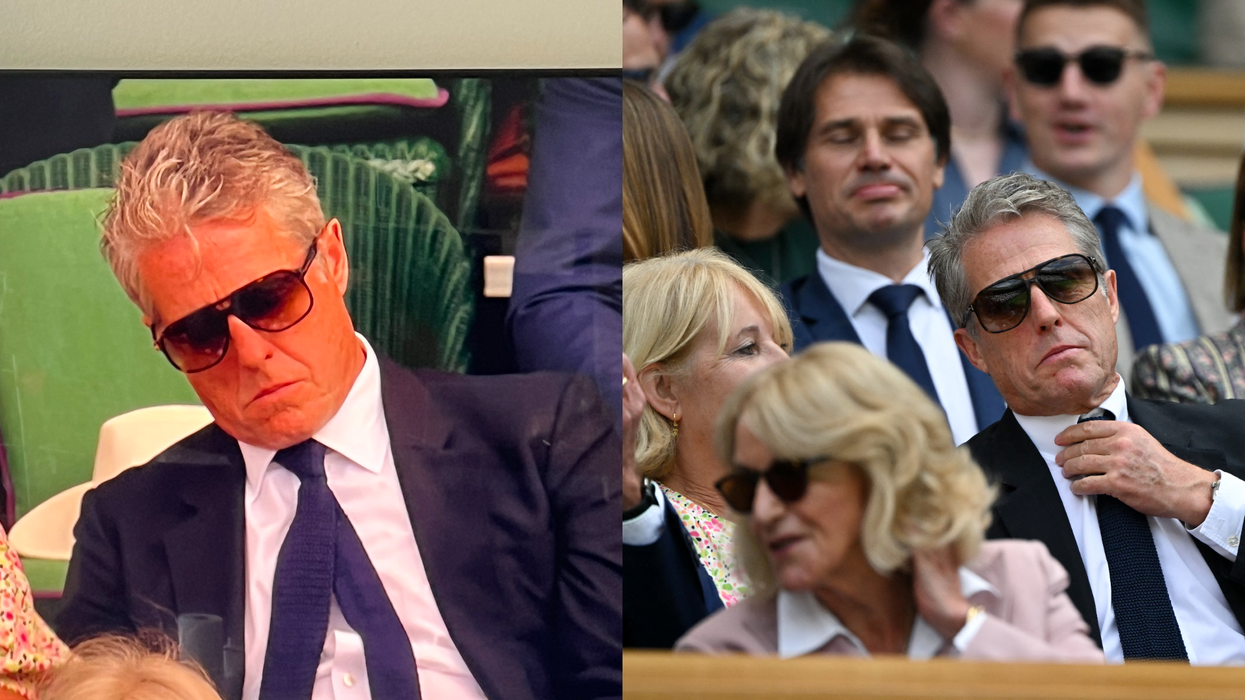A girl, 10, from Pembrokeshire is set to become the first person in Britain to receive a 3D bioprinted ear as part of a £2.5 million research project.
Radiyah Miah was born with a congenital condition known as microtia due to which she has an improperly-formed left ear. She will soon get a new ear by the use of 3D 'bioprint' technology made of her own tissue.
Scientists at Swansea University are working on a pioneering technology in which some of Radiya's own cartilage will be used to develop a 3D-bioprinted new ear for her.
Her father, Rana, said it “will help boost her confidence”, adding that if it wasn't for this type of technology, she would have to go for a skin graft instead which would have left a “big scar on her skull and also under her breast area where they would have gone to get the cartilage”.
"So she would have been left with a lot of scarring but by developing the ear in a lab then she will be scar-free,” Rana said.
The three-year research is being led by Professor Iain Whitaker, chair of Plastic Surgery at Swansea University Medical School and Surgical Specialty Lead for Health and Care Research Wales and is funded by Scar Free Foundation.
The 3-D bioprint technology will be used to help people who are either born without body parts, or live with facial scarring as a result of burns, trauma or cancer. The foundation claims that one in 100 people in the UK have a significant facial difference which can have a profound effect on the mental health of patients.
Some patients who have gone for existing plastic prostheses didn't feel 'part of them' and would prefer that their own tissue is used for reconstruction, the foundation said.
The 3-D bioprint technology eliminates the need for taking cartilage from elsewhere in the body which otherwise leads to painful surgery and further scarring.
A sufferer of severe burns himself, lead ambassador for the Scar Free Foundation Simon Weston claimed that “having a facial difference can be difficult”. After suffering severe burns to his face and body during the Falklands War, he had undergone a series of skin grafts since rebuilding body parts or organs was not a possibility back then.

















 John Dramani Mahama welcomes Modi on his arrival in Accra last Wednesday (2)
John Dramani Mahama welcomes Modi on his arrival in Accra last Wednesday (2) South Africa’s president Cyril Ramaphosa, Brazil’s president Luiz Inacio Lula da Silva, Modi and China’s premier Li Qiang at the Brics summit last Sunday (6)
South Africa’s president Cyril Ramaphosa, Brazil’s president Luiz Inacio Lula da Silva, Modi and China’s premier Li Qiang at the Brics summit last Sunday (6)

